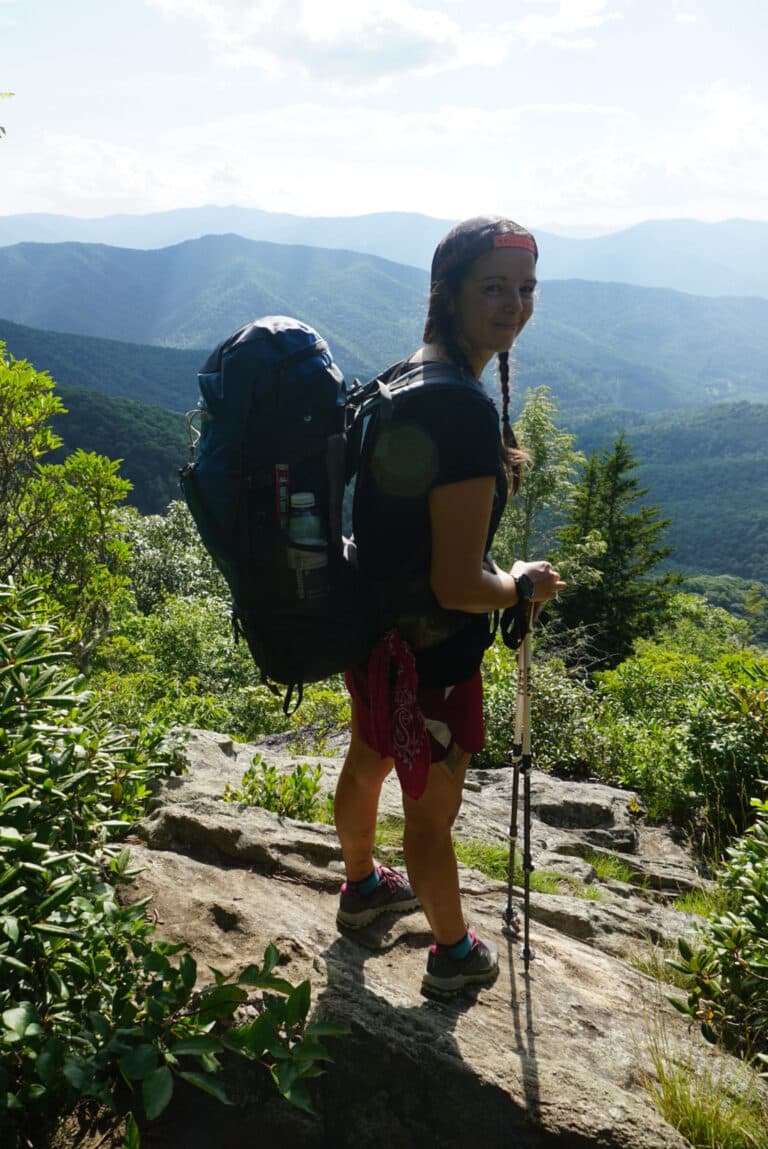Dear EarthTalk: How are heating, cooling and electricity produced by geothermal energy? I don’t understand how it works. — Delano Stewart, Wyandanch, NY
The term “geothermal” is derived from the Greek words for Earth (geo) and heat (therme). In essence geothermal energy is power harnessed from the Earth itself. Heat from the Earth’s core, which averages about 6,650 degrees Fahrenheit, emanates out toward the planet’s surface. Heated springs and geysers up to three miles underground can be accessed by special wells that bring the hot water (or steam from it) up to the surface where it can be used directly for heat or indirectly to generate electricity by powering rotating turbines. Since the water under the Earth’s surface is constantly replenished, and the Earth’s core will continue to generate heat indefinitely, geothermal power is ultimately clean and renewable.
Today there are three main methods for harvesting utility-grade geothermal energy: dry steam, flash steam and binary-cycle. The dry steam process brings steam up directly from below to drive turbines that power electricity generators. Flash steam plants bring the hot water itself up from below; it is then sprayed into a tank to create steam to drive the turbines. These two methods are the most common, generating hundreds of megawatts of electricity across the American West, Europe and elsewhere. But expansion is limited as these plants only work in tectonic regions where it is easier to access ground heated water.
The binary-cycle technology extracts close-to-the surface warm (not necessarily hot) water and combines it with a second (“binary”) fluid, like butane or pentane, which has a low boiling point. This fluid is then pumped through a heat exchanger, where it is vaporized and sent through a turbine before being recycled back into the system. Binary-cycle geothermal plants already pump out dozens of megawatts of electricity in California, Nevada and Hawaii, among other places.
But geothermal isn’t just for utilities. Homeowners looking to go green and lower their utility bills can install a residential system, essentially a scaled-down version of the binary-cycle system. A series of pipes is installed underground. Water circulating in the loop is heated naturally underground and then transferred to a heat exchanger which concentrate the energy and releases it inside the home as heat. In summer and in warmer climates, the process is reversed to fill the home with geothermal-cooled air.
Geothermal has its drawbacks. For homeowners, it may be hard to justify the up-front expense of $7,500 or more to install a system, though the IRS now offers tax credits for 30 percent of the cost. At the utility level, geothermal plants are costly to build and operate. And finding a suitable site requires digging expensive test wells with no guarantee of hitting a productive underground hot spot. Nevertheless, analysts expect utility-grade geothermal capacity to nearly double over the next just six years. The Obama administration has set aside $750 million for geothermal development, and Congress has also been generous, allocating $129 million to the Department of Energy for various geothermal programs.
Geothermal may be in its infancy in the U.S., but it is a big player in Iceland, which derives 26.5 percent of its electricity needs from geothermal, and in New Zealand, which gets 10 percent of its electricity likewise.
CONTACTS: DOE Consumer Energy Tax Incentives, www.energy.gov/taxbreaks.htm; Geothermal Energy Association, www.geo-energy.org.
SEND YOUR ENVIRONMENTAL QUESTIONS TO: EarthTalk®, P.O. Box 5098, Westport, CT 06881; [email protected]. Read past columns at: www.emagazine.com/earthtalk/archives.php. EarthTalk® is now a book! Details and order information at: www.emagazine.com/earthtalkbook.







